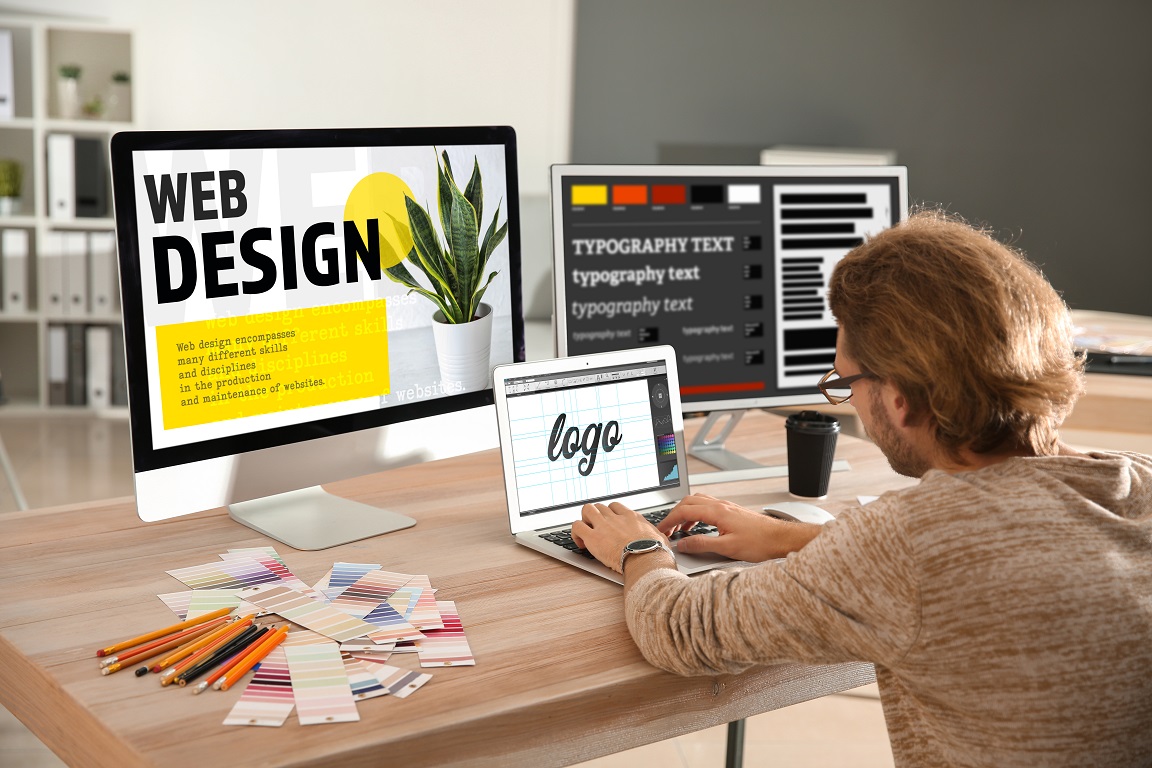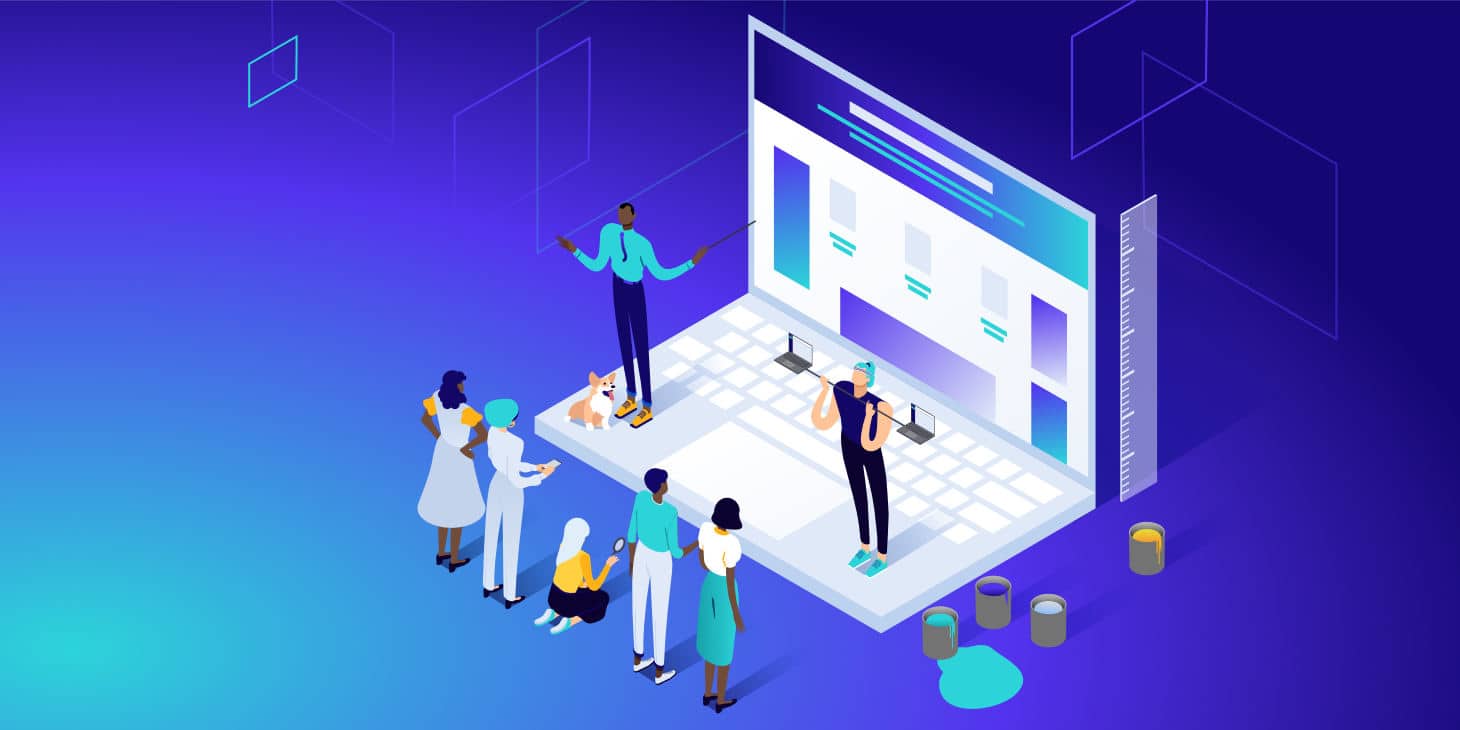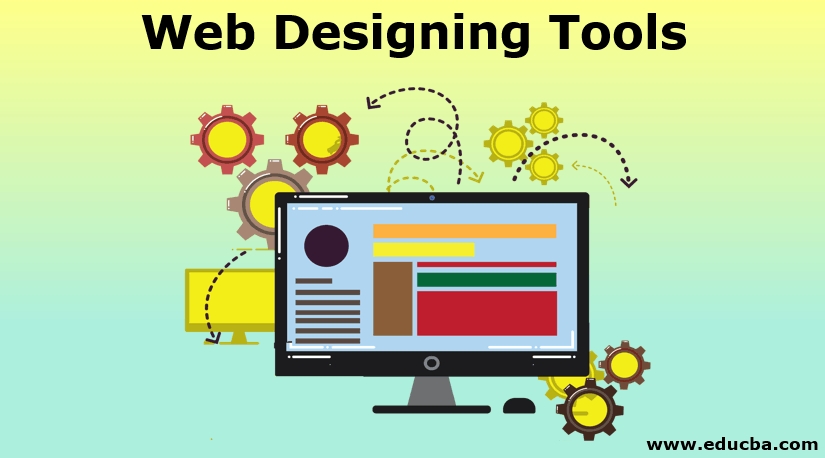The Best Types of Website Design to Boost Customer Experience and Engagement
In the ever-evolving landscape of digital communication, the efficiency of Web layout substantially influences user experience and interaction. Different layout techniques, such as minimal, receptive, and interactive formats, each deal unique benefits that can provide to diverse customer requirements.
Minimalist Website Design
As electronic landscapes become significantly cluttered, minimalist website design has actually arised as an effective approach to boosting customer experience. This design approach prioritizes simplicity, concentrating on necessary aspects while removing unneeded disturbances. By using enough white space, uncomplicated navigation, and a restricted color palette, minimalist style promotes clearness and directs user focus to vital content.
The core principle of minimal Web layout is to develop a seamless communication for individuals. By lowering cognitive tons, individuals can swiftly realize info without really feeling bewildered. This straight method not only improves functionality but also encourages engagement, as visitors are a lot more likely to explore a website that is easy and aesthetically attractive to browse.
Additionally, minimalist style usually emphasizes typography and imagery, using these components purposefully to share messages effectively. In significance, minimalist Web style is not simply a pattern; it is a thoughtful methodology that identifies the value of user-centered layout.
Responsive Website Design
In today's diverse electronic environment, responsive website design has actually come to be necessary for producing a smooth user experience across a wide variety of devices. As individuals access web sites on smart devices, laptops, tablet computers, and desktop computers, the capacity of an internet site to adjust its design and material to different display dimensions and resolutions is important.
Responsive website design employs versatile grids, photos, and CSS media questions to make sure that Web content exists efficiently, no matter of the gadget made use of. This strategy not just boosts the visual charm of a site but likewise dramatically improves usability. Customers are most likely to involve with a website that supplies a regular experience, as it removes the frustration of needing to zoom in or scroll excessively.
In addition, internet search engine, consisting of Google, prioritize mobile-friendly internet sites in search positions. By taking on responsive layout, services can improve their visibility and reach a more comprehensive audience. This strategy likewise simplifies web site upkeep, as a single variation of the site can deal with all devices, minimizing the requirement for multiple versions. In recap, responsive Web layout is a basic method that enhances user experience, interaction, and overall fulfillment.
Interactive Web Style
Receptive website design prepares for improving individual experience, yet interactive Web design takes this an action additionally by engaging customers in an extra vibrant way - Aligned Position Web Design. By including aspects such as animations, clickable prototypes, and real-time responses, interactive website design captivates users, drawing them into a richer surfing experience
This technique not only fosters involvement yet also encourages customers to check out content proactively instead than passively eating it. Techniques such as gamification, where individuals make benefits for finishing tasks, can substantially improve the moment invested in a site and enhance general fulfillment. Interactive features can streamline intricate info, making it extra delightful and digestible.

Integrating interactive design elements can likewise bring about greater conversion rates, as individuals are more probable to involve with a site that proactively entails them. Aligned Position Web Design. Ultimately, interactive website design changes customer experiences into remarkable trips, making certain that site visitors return time and once more
Apartment Layout
Identified by its minimalistic strategy, level layout stresses simplicity and capability, removing unneeded aspects and concentrating on crucial features. This style viewpoint prioritizes functionality, guaranteeing that customers can browse interfaces easily and performance. By utilizing a tidy visual, level layout removes the mess often located in much more luxuriant designs, therefore improving user focus on web content and capability.
The hallmark of level layout depends on its use of strong colors, basic typography, and geometric forms. These elements contribute to a visually enticing user interface that is both modern and friendly. Additionally, flat layout fosters a feeling of quality, allowing customers to recognize necessary actions and info without interruption.
Furthermore, level layout is especially reliable in receptive Web layout, as its simplicity converts well across various gadgets and screen sizes. The absence of detailed appearances and gradients reduces packing times, which is vital for preserving customer involvement. As electronic landscapes remain to develop, level design stays a relevant choice for creating straightforward internet sites that boost overall experience. By concentrating on crucial functions, flat layout not just satisfies individual demands however likewise encourages seamless interaction, making it a vital component of reliable website design methods.
Adaptive Website Design
Flexible website design customizes the individual experience by developing several repaired formats customized to different display dimensions and devices. Unlike receptive style, which fluidly readjusts a solitary layout, adaptive style utilizes distinctive designs for particular breakpoints, making certain ideal presentation on numerous systems. This strategy permits designers to concentrate on the special qualities of each tool, boosting find more usability by providing precisely what individuals need based upon their context.
One of the main advantages of adaptive Web layout is its ability to enhance load times and this contact form efficiency. By serving tailored material and pictures that fit the user's tool, websites can decrease information use and improve loading speeds. This is particularly useful for individuals with slower links or restricted information strategies.

Furthermore, adaptive style helps with an extra controlled and constant branding experience. Considering that developers develop numerous formats, they can guarantee that the visual aspects line up with the brand name's identity throughout various platforms - Aligned Position Web Design. This leads to a natural individual experience, enhancing interaction and promoting user retention
Conclusion
Minimal style cultivates quality and emphasis, while receptive design makes sure flexibility across different devices, promoting accessibility. Collectively, these layout approaches contribute to the production of user-friendly atmospheres that not only improve contentment yet also drive higher conversion prices, emphasizing their important importance in contemporary Web design strategies.

Minimalist layout promotes quality and focus, while responsive layout makes certain flexibility throughout different gadgets, advertising accessibility. Collectively, these layout comes close to contribute to the development of easy to use environments that not just boost fulfillment however likewise drive greater conversion rates, highlighting their critical significance in contemporary Web style strategies.
Comments on “Aligned Position Web Design: Stunning Websites Designed for Seamless User Experience”